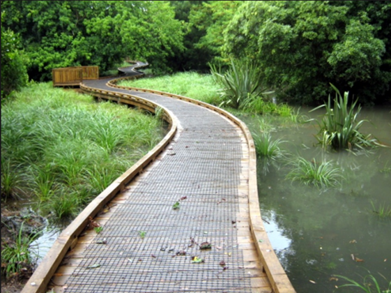Week 6 - People
2. Assessment tools
2.1. CPTED
CPTED
Crime Prevention through Environmental Design (CPTED- pronounced Sep-Ted) is a crime prevention strategy which outlines how physical environments can be designed in order to lessen the opportunity for crime. This is achieved by creating environmental and social conditions that:
- maximise risk to offenders (increasing the likelihood of detection, challenge and apprehension)
- maximise the effort required to commit crime (increasing the time, energy and resources required to commit crime)
- minimise the actual and perceived benefits of crime (removing, minimising or concealing crime attractors and rewards)
- minimise
excuse making opportunities (removing conditions that encourage/facilitate
rationalisation of inappropriate behaviour).

The CPTED guidelines considers design and use, identifies which aspects of the physical environment affect the behaviour of people and then uses these factors to allow for the most productive use of space while reducing the opportunity of crime. This might include changes to poor environmental design such as street lighting and landscaping. CPTED concepts and principles are ideally incorporated at the design stage of a development, but can also be applied to existing developments and areas where crime and safety are a concern.